

Exploring our past to sort out myth from reality
Share this Page on
Facebook or Twitter

These are the voyages of the TimeShip Anachron.
Our Mission: To boldly explore the past, dispelling
mythinformation and mythconceptions
of American History along the way.
 Visit us on Facebook
Visit us on Facebook
Meet MythAmerica: Introductory Article
TIME GHETTO
You have no doubt heard the term “ghetto.” Wiki says:
A ghetto is a part of a city predominantly occupied by a particular ethnic group that may be looked down upon for various reasons, especially because of social or economic issues, or because they have been forced to live there (e.g. the Jewish Ghettos in Europe).
The term was originally used in Venice derived from the word Borghetto, meaning Little Borgo, a cluster of homes and buildings often outside Italian city walls, to describe the area where Jews, tradespeople or agricultural workers were compelled to live. In rural Italy, Borghetto is not necessarily a pejorative term. In modern context, the term ghetto now refers to an overcrowded urban area often associated with specific ethnic or racial populations living below the poverty line.[Source]
In Europe the population of a ghetto was usually forced to live there by law or social pressure. In the US, it is not that an individual is legally required to live there, but that circumstances of multi-
One of the features of “life in the ghetto” in the US for many people since the 1800s has been that they have never been beyond its borders. They don’t know what the “outside world” is like because all they have ever known is the tenements and streets and alleys of their own ghetto. Since the advent of television this has become less true, of course, because even the poorest of people most often have a television. This has allowed them to vicariously experience a bit of what it is like elsewhere in the US—but then again, it can be a very distorted view of the rest of the country given the common fare on TV—whether sitcoms or dramas…or so-
This same principle of a greatly narrowed view of the country can apply to history, because actually we are all essentially trapped in our own Time Ghetto. All we really have ever seen—for ourselves—of the United States is what has gone on between the moment of our birth and the present. All we really know about the generation just before ours is what our parents and older relatives have told us of their own observations and experiences, along with what we’ve seen on “re-
Go much further back, beyond our grandparent’s generation, and we have NO first-
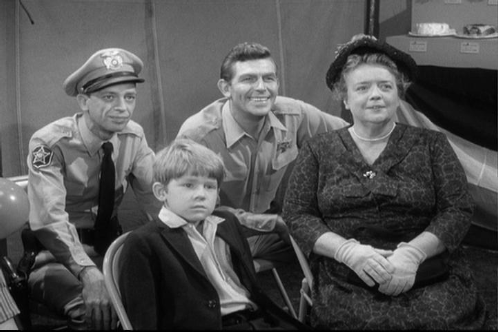
(Yes, that's a young Ron Howard playing Opie.)
Andy Griffith’s show was fiction, and only reflected very vaguely “what life was like” in those days for the tiny portion of the population living in small rural towns in the south. And re-
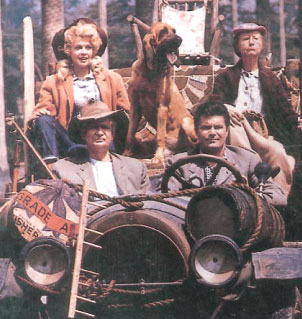
So where do we get our view of “what our country was like” in times earlier than that? I would suggest to you that most of us have at best a “patriotic pageant” understanding of American History. Somewhat like the American Experience attraction at Walt Disney’s EPCOT, where audio-
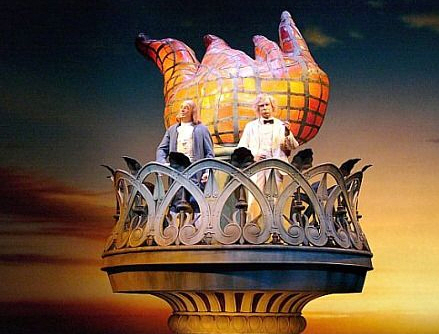
In the scene above, Ben and Twain have time-
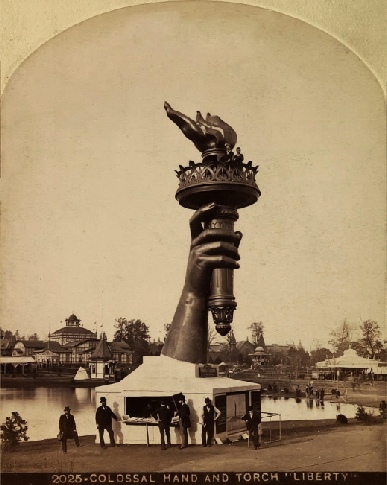
One of the tableau scenes from the American Adventure shows some folks sitting around the porch of a southern store in the Depression era, listening to Roosevelt’s “Only thing we have to fear is fear itself” radio broadcast, and in a later scene, his announcement of the attack on Pearl Harbor.
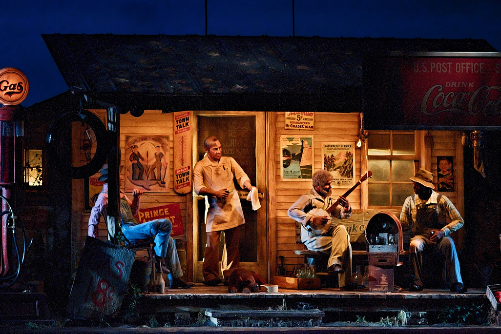
As an interesting sidelight, I just discovered the likely “inspirational source” for that tableau. This is a photograph taken by famous Depression Era photographer Dorothea Lange in 1939 in Gordonton, North Carolina.
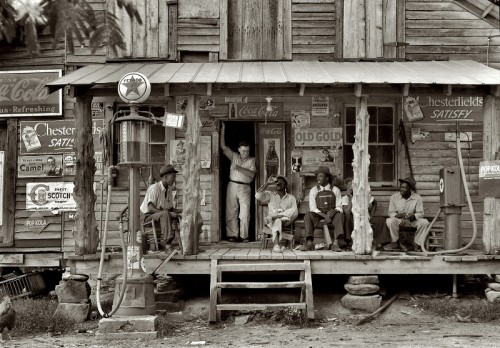
And here is the same building, which is still standing, as it now looks on Google Maps “Street View”!
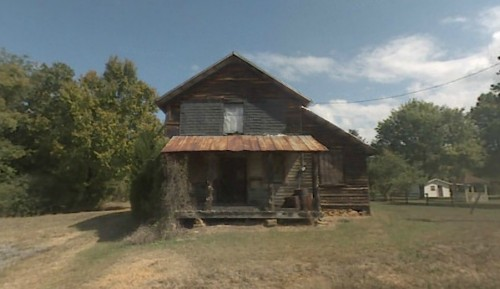
Viewing the American Adventure, you’re almost left with the feeling that real history had neatly pigeon-
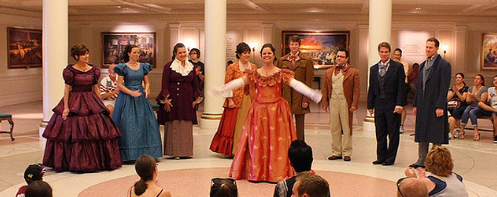
Our high school history books have for many generations spit out a rapid fire check list of famous people, important dates, important documents, famous battles, famous “moments” … each covered in a chapter or two or maybe even just a paragraph or two. But there was very little of any depth on what the culture was really like. Sort of like this video from the old Smothers Brothers show:
American Time Capsule
To this little bit of historical bare bones, add in a few snippets of scenarios of historical fiction or non-
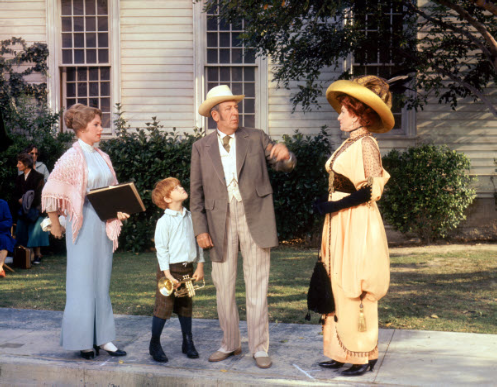
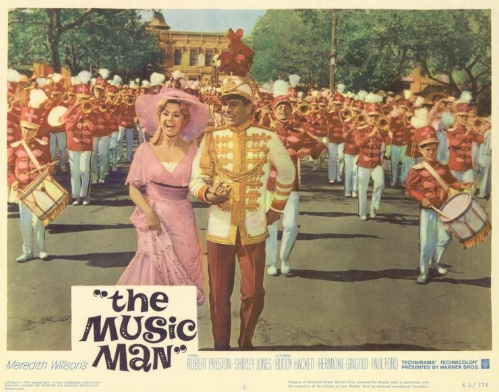
The Great Depression was like a Shirley Temple movie you watch on Turner Classic Movies, experienced by the masses at the time to the background of The Good Ship Lollipop.

The mid to late 1800s? Those played out to the tune of the theme song of Bonanza re-
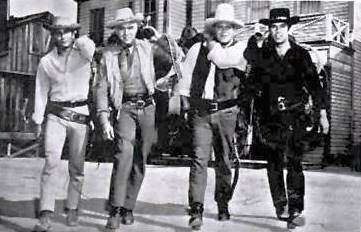
As a child in the 1950s my view of what “Colonial Times” was like was based on the Disney Swamp Fox TV show, about famous Revolutionary War hero Francis Marion. (Yes, that is a very young, very serious Leslie Nielsen before he became a silver-
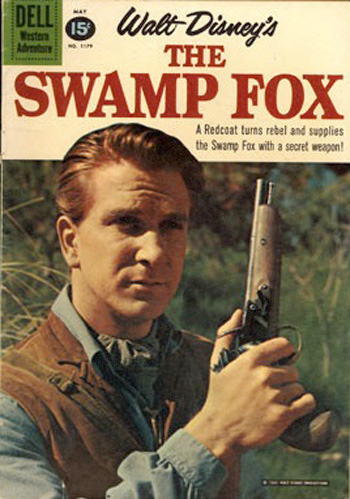
And yes, it had its own soundtrack of period music, with the theme song:
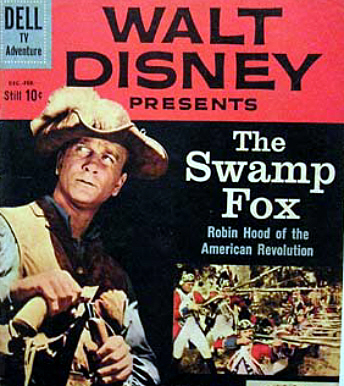
Swamp Fox! Swamp Fox!
Tail on his hat,
Nobody knows where The Swamp Fox's at.
Swamp Fox! Swamp Fox!
Hiding in the glen,
He runs away to fight again.
We got lead, and we got powder.
We don't fight with an empty gun.
Only makes us shout the louder.
We are men of Marion.
(Chorus)
Got no blankets, got no bed.
Got no roof above our heads.
Got no shelter when it rains.
All we got is Yankee brains.
(Chorus)
Got no cornpone, got no honey.
All we got is Continental money.
Won't buy bacon, hominy or grits.
Roasted ears and possum is all we ever git.
(Chorus)
Indian life? That was in cowboy movies, acted out to the tune of their pseudo-
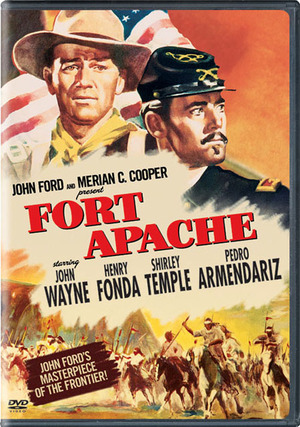
Lives of African Americans before the Civil War? That was Gone With the Wind. Represented by Prissy, who didn’t “know nothin’ ‘bout birthin’ babies,” and Mammy.
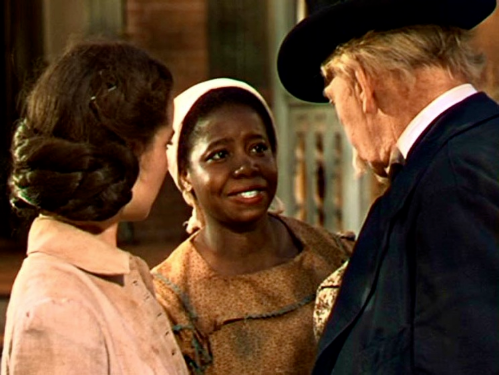
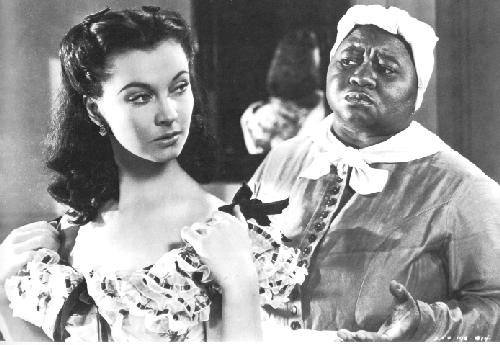
The lifestyle of African Americans in the Post Civil War Reconstruction period? That soundbite would be Bill Bojangles Robinson tap-
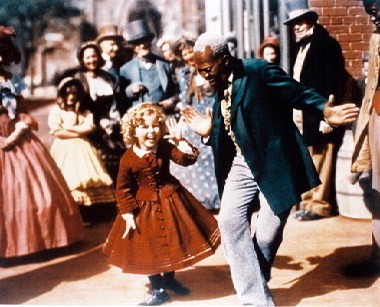
So what’s the bottom line for many if not most Americans—even for aging Baby Boomers like myself? (I was born in 1946.) I’m convinced that virtually all that most know about many significant parts of America’s past is whatever they have seen in such media as TV shows, old movies—or re-
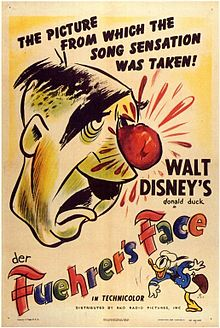

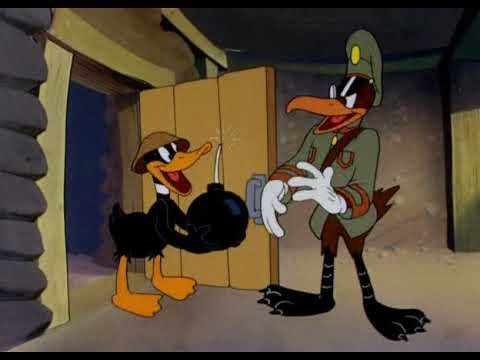
Regarding whole large swaths of our history, if it wasn’t referred to on TV or in a movie, it might as well never really existed.
Thus I am convinced that the vast majority of Americans-
Yes, each person's "American Mythology" may be idiosyncratic to him in its own way because of his unique experiences. But then again, mass media has made it possible for over a century for us to have joint experiences on a large scale. (For instance, a huge proportion of the populace have seen the movie Gone With the Wind over the years, far beyond the original audience of 1939.) As a result, there is a central American Mythology that most of us do, indeed, share.
It is the mythconceptions of that shared Mythology that are explored and evaluated on this website.